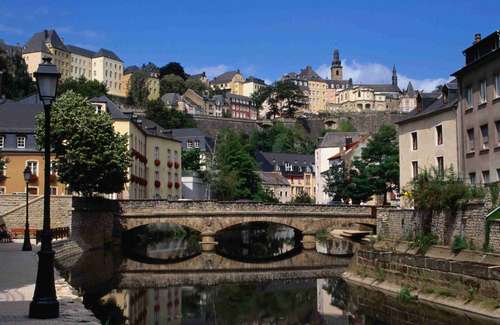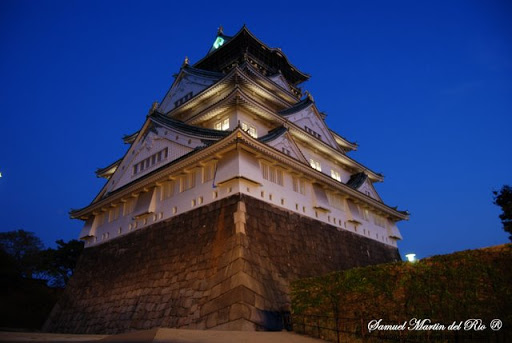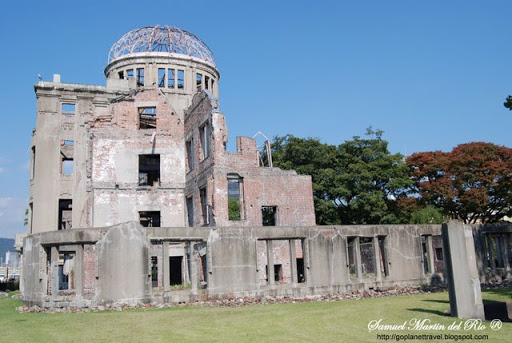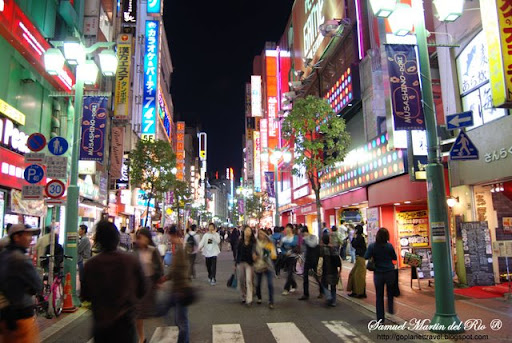
The name is in honor to the president of Mexico in 19th century Benito Juarez.
The city and municipality of Oaxaca de Juárez, or simply Oaxaca, is the capital and largest city of
the Mexican state of the same name (Oaxaca). It is located in the Centro District in the Central Valleys region of the state, in the foothills of the Sierra Madre at the base of the Cerro del Fortín extending to the banks of the Atoyac River. This city relies heavily on tourism, which is based on its large number of colonial-era structures as well as the native Zapotec and Mixtec cultures and archeological sites. It, along with the archeological site of Monte Alban, were named a World Heritage Site in 1987. It is also the home of the month-long cultural festival called the “Guelaguetza,” which features Oaxacan dance, music and a beauty pageant for indigenous women.
It is nicknamed "la Verde Antequera" (the green Antequera) due to its prior name (Nueva Antequera) and the variety of structures built from a native green stone. The name Oaxaca is derived from the Nahuatl name for the place, Huaxyacac, which was Hispanicized to Guajaca, later spelled Oaxaca. “de Juárez” was added in honor of Ben
 ito Juárez, who was a native of this state. The coat of arms for the municipality bears the image of the decapitated Donaji, who was an indigenous princess in the years immediately after the Conquest.
ito Juárez, who was a native of this state. The coat of arms for the municipality bears the image of the decapitated Donaji, who was an indigenous princess in the years immediately after the Conquest.There had been Zapotec and Mixtec settlements in valley of Oaxaca for thousands of years, especially in connection with the important ancient centers of Monte Albán and Mitla, which are close to modern Oaxaca city. The Aztecs entered the valley in 1440 and named it “Huaxyacac,” a Nahuatl phrase meaning "among the huaje" (Leucaena leucocephala) trees. A strategic military position was created here, at what is now called the Cerro (large hill) del Fortín to keep an eye on the Zapotec capital of Zaachila and secure the trade route between the Valley of Mexico, Tehuantepec and what is now Central America. When the Spanish arrived in 1521, the Zapotecs and the Mixtecs were involved in one of their many wars. Spanish conquest would end this fighting.
The first Spanish expedition here arrived late in 1521, headed by Captain Francisco de Orozco,
 and accompanied by 400 Aztecs. Hernán Cortés sent Francisco de Orozco to Oaxaca because Moctezuma II said that the Aztec’s gold came from there. The Spanish expedition under Orozco set about building a Spanish city where the Aztec military post was at the base of the Cerro de Fortín. The first mass was said here by Chaplain Juan Diaz on the bank of the Atoyac River under a large huaje tree, where the Church of San Juan de Dios would be constructed later. This same chaplain added saints’ names to the surrounding villages in addition to keeping their Nahuatl names: Santa María Oaxaca, San Martín Mexicapan, San Juan Chapultepec, Santo Tomas Xochimilco, San Matías Jalatlaco, Santiago Tepeaca, etc. This group of Spaniards chose their first mayor, Gutierres de Badajoc, their first town council and began construction of the cathedral of Oaxaca in 1522. Their name for the settlement was Guajaca, a Hispanization of the Nahuatl name (which would later be respelled as Oaxaca).
and accompanied by 400 Aztecs. Hernán Cortés sent Francisco de Orozco to Oaxaca because Moctezuma II said that the Aztec’s gold came from there. The Spanish expedition under Orozco set about building a Spanish city where the Aztec military post was at the base of the Cerro de Fortín. The first mass was said here by Chaplain Juan Diaz on the bank of the Atoyac River under a large huaje tree, where the Church of San Juan de Dios would be constructed later. This same chaplain added saints’ names to the surrounding villages in addition to keeping their Nahuatl names: Santa María Oaxaca, San Martín Mexicapan, San Juan Chapultepec, Santo Tomas Xochimilco, San Matías Jalatlaco, Santiago Tepeaca, etc. This group of Spaniards chose their first mayor, Gutierres de Badajoc, their first town council and began construction of the cathedral of Oaxaca in 1522. Their name for the settlement was Guajaca, a Hispanization of the Nahuatl name (which would later be respelled as Oaxaca).The establishment of the relatively-independent village did not suit Hernán Cortes, who wanted power over the entire region for himself. Cortés sent Pedro

de Alvarado, who proceeded to drive out most of the village’s population. The original Spanish
settlers appealed to the Spanish crown to recognize the village they founded, which it did in 1526, with land divided among the Spaniards of Orozco’s expedition. However, this did not stop Cortés from driving out the population of the village once again and replacing the town council only three months after royal recognition. Once again, the original founders appealed to Spanish royal authority, this time to the viceroy in Mexico City, Nuño de Guzmán. This viceroy also sided with the original founders, and the town was refounded in 1529 as Antequera, in honor of Nuño de Guzmán’s hometown. Francisco de Herrera convened the new, Crown-approved town council, and the first layout of the settlement was mapped out by Juan Peláez de Berrio.
In the meantime, Cortés was able to obtain from the crown the title of the Marquis of the Valley of Oaxaca, which contains the disputed village. This permitted him to tax the area heavily, and t
 o have control of the territory that surrounded the village. The village was then in a position of having to survive surrounded by villages which answered to Cortés. These villages not only did not take orders from Antequera, they were hostile to it, mostly likely encouraged by Cortés.
o have control of the territory that surrounded the village. The village was then in a position of having to survive surrounded by villages which answered to Cortés. These villages not only did not take orders from Antequera, they were hostile to it, mostly likely encouraged by Cortés.To counter this, the village petitioned the Crown to be elevated to the status of a city, which would give it certain rights, privileges and exceptions. It would also ensure that the settlement would remain under the direct control of the king, rather than of Cortés. This petition was granted in 1532 by Charles V of Spain.
After the Independence of Mexico in 1821, the city became the seat of a municipality, and both the name of the city and the municipality became Oaxaca, changed from Antequera. In 1872, “de Juárez” as added to the city and municipality names to honor Benito Juárez, who began his legal and political career here.
The 2006 Oaxaca protests began as a teachers’ protest, occupying th
 e main square, or Zocalo, of Oaxaca city in May 2006. Increases in wages and employment benefits were announced a short time later, but an internal conflict in the local teachers’ union led to accusations that the bargaining had not really been in the teachers’ best interest. Work stoppage and occupation of the square continued from May 22 to June 1. At this point, radical groups joined in with the protest and the disorder grew, closing banks, access roads, the airport, access to stores and harassing the governor of the state in public appearances. Many of these groups merged with the teachers’ union to form the Popular Assembly of the People of Oaxaca (APPO). The disruption turned into a siege that lasted five months. Violence included the deaths of a number of people including Indymedia journalist Bradley Roland Will on October 27, 2006 and Roberto López Hernández and Jorge Alberto Beltrán on October 29, 2006 when over 10,000 federal police and army intervened. The situation calmed in the second week of November when the Federal Preventative Police took over the city and disbanded the protests.
e main square, or Zocalo, of Oaxaca city in May 2006. Increases in wages and employment benefits were announced a short time later, but an internal conflict in the local teachers’ union led to accusations that the bargaining had not really been in the teachers’ best interest. Work stoppage and occupation of the square continued from May 22 to June 1. At this point, radical groups joined in with the protest and the disorder grew, closing banks, access roads, the airport, access to stores and harassing the governor of the state in public appearances. Many of these groups merged with the teachers’ union to form the Popular Assembly of the People of Oaxaca (APPO). The disruption turned into a siege that lasted five months. Violence included the deaths of a number of people including Indymedia journalist Bradley Roland Will on October 27, 2006 and Roberto López Hernández and Jorge Alberto Beltrán on October 29, 2006 when over 10,000 federal police and army intervened. The situation calmed in the second week of November when the Federal Preventative Police took over the city and disbanded the protests.Oaxaca de Juarez has a lot of church, but the most important one is the Cathedral that is in the main square, also know as The Cathedral of the Virgin of the Assumption.

Oaxaca Juarez Cathedral Mexico Oaxaca Juarez Cathedral, Mexico
The most know food in Oaxaca is the mole, because there are a really huge variety of different kind of moles, but also is famous for the "chapulines", small grasshoppers.


Naika eating "chapulines" typical mexican food good food Me buying "chapulines"
A street in Oaxaca Juarez, Mexico Oaxaca Juarez Mexico We in the Santo Domingo square
A street in Oaxaca Juarez, Mexico Oaxaca Juarez Mexico We in Santo Domingo Church
Patio in a Art center in Oaxaca Juarez Oaxaca Juarez Mexico Santo Domingo Church
videos video photo photos pictures fotos United States Estados Unidos US USA travel trip holiday vacation vacaciones gratis free http://goplanettravel.blogspot.com goplanettravel gotravelphoto
See also in Oaxaca
------------------------------------------------------------------------------------------------
Hierve el agua mexico Santa Maria del tule mexico Mitla mexico Monte Alban mexico m Oaxaca de Juarez mexico Teotitlan mexico Alebrijes meixo Cuilapan mexiSan Bartolo Coyotepec
Restaurants in Oaxaca MexicoHostels in Oaxaca
May 2008









































































































No comments:
Post a Comment